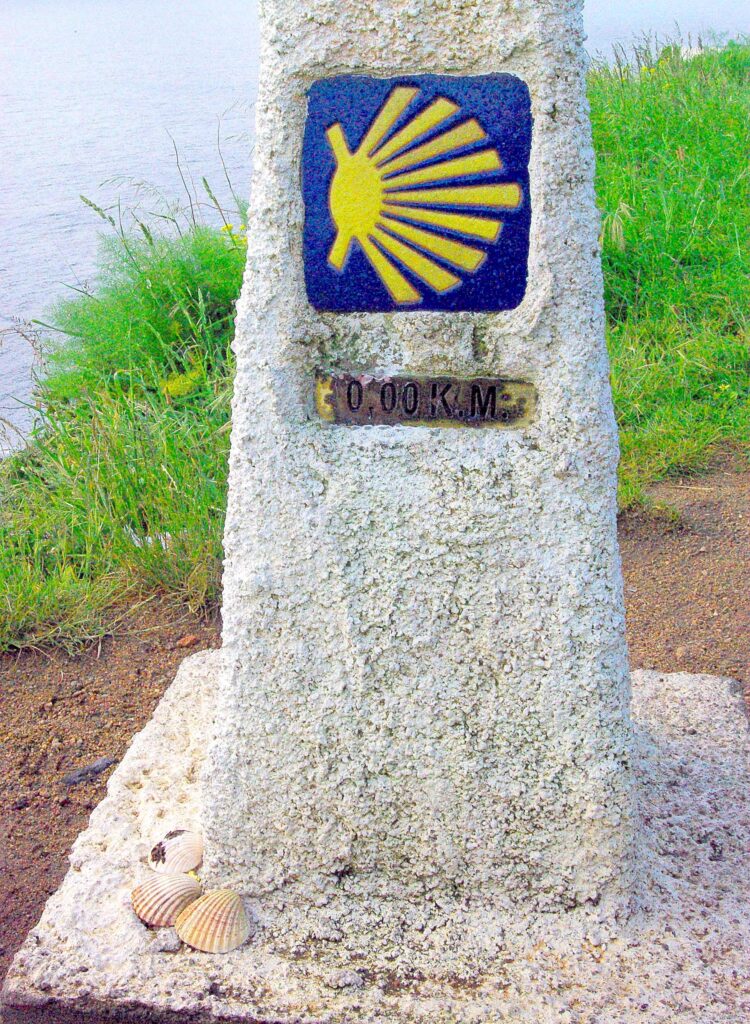
Patatas a la riojana feeds the pilgrim body and soul
We have all become pilgrims, if only in spirit, during our days of worldwide plague. The sign above marks a bar in Plaza del Rey, San Fernando in Burgos, Spain, named ‶The Pilgrim.″ The insignia above the name shows the scallop shell of Santiago (St. James) on a field of blue—the universal marker along all the variants of the Camino de Santiago. We say ‶variants″ because there are innumerable paths that lead finally to the cathedral in Santiago de Compestela in Galicia, just as there are a multitude of paths to any form of enlightenment. One of the most popular routes of the Camino is the French Way across northern Spain from Roncevalles (where the Basques repulsed Charlemagne's forces led by Roland in 778) west...Read More
